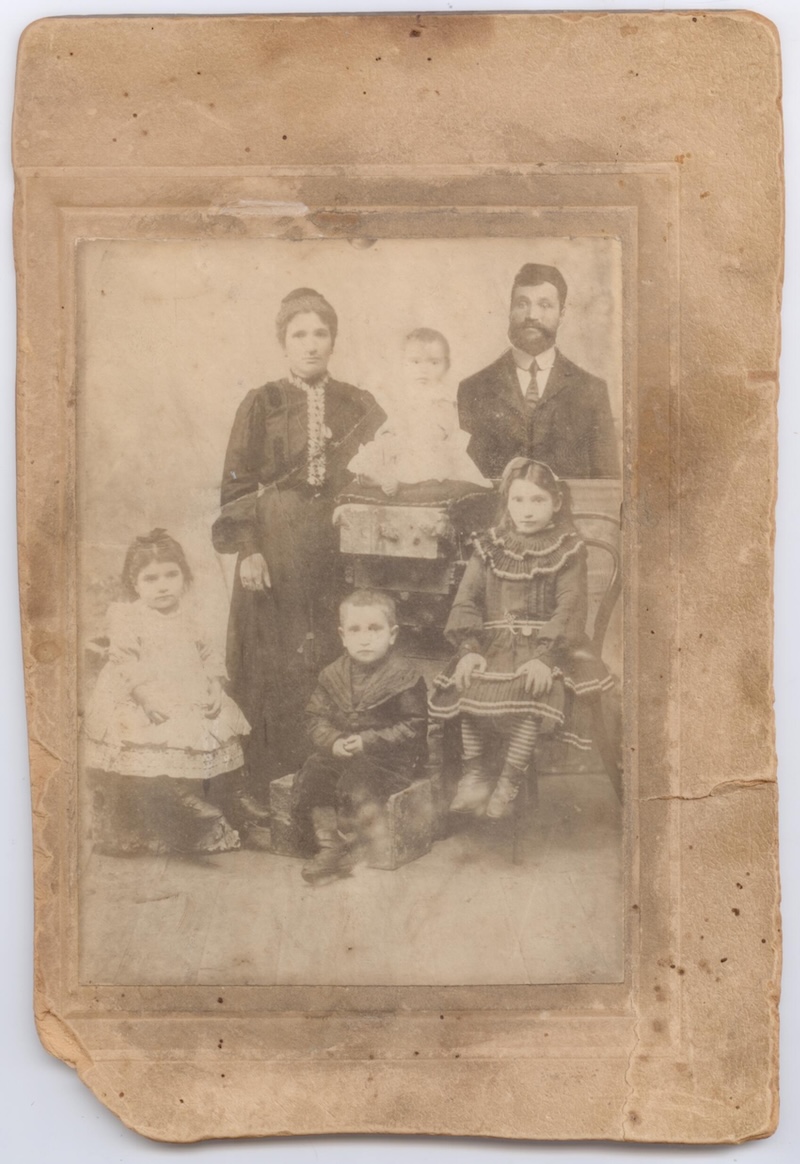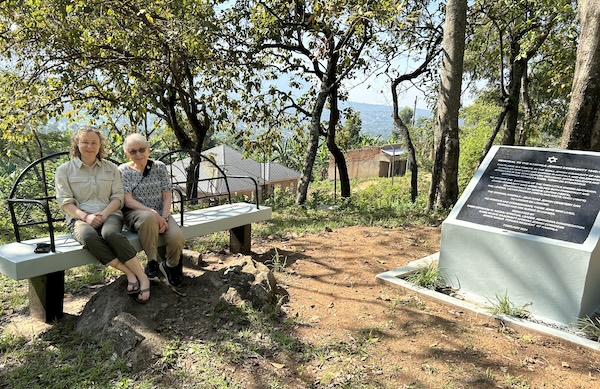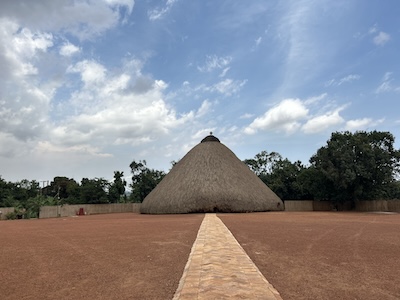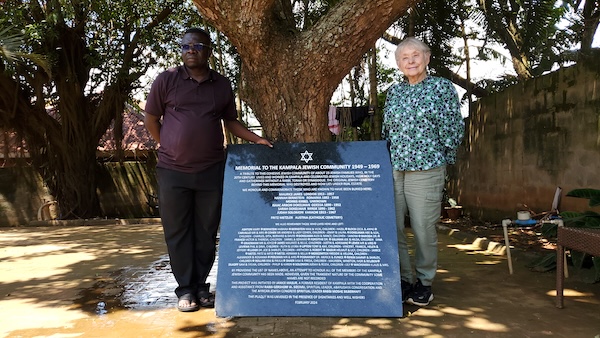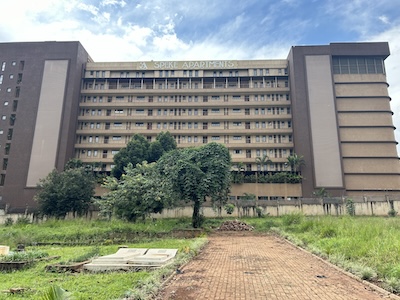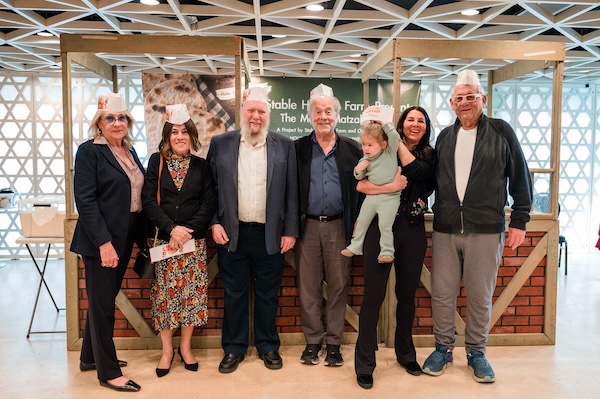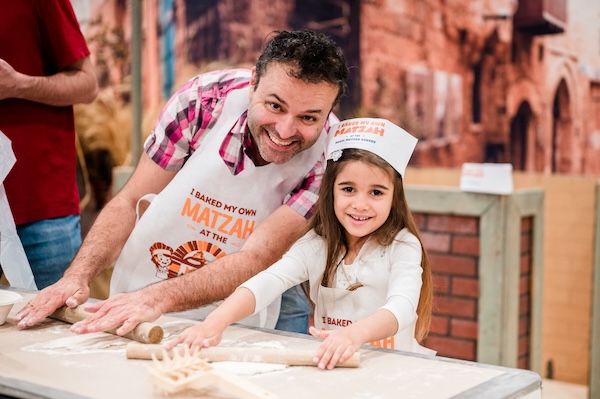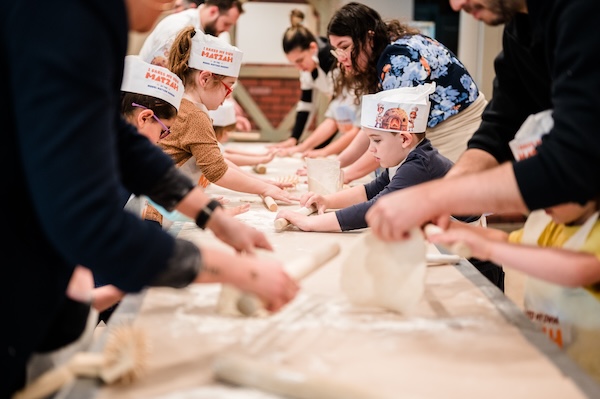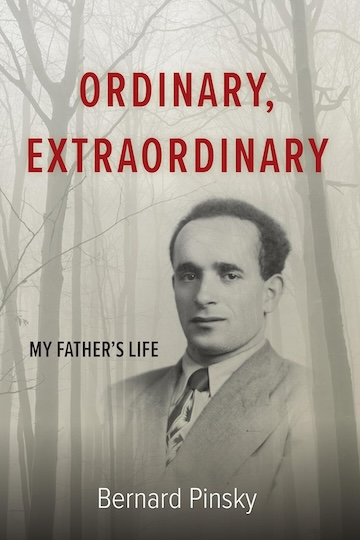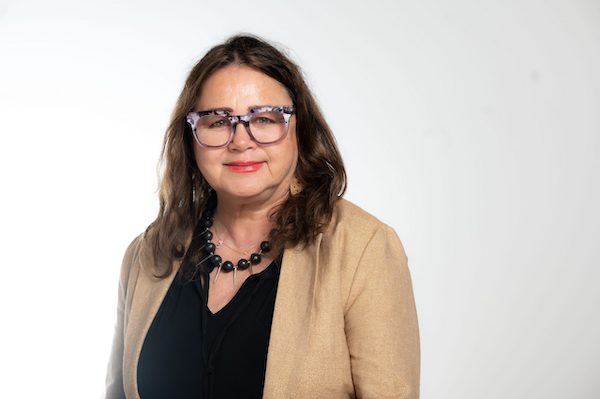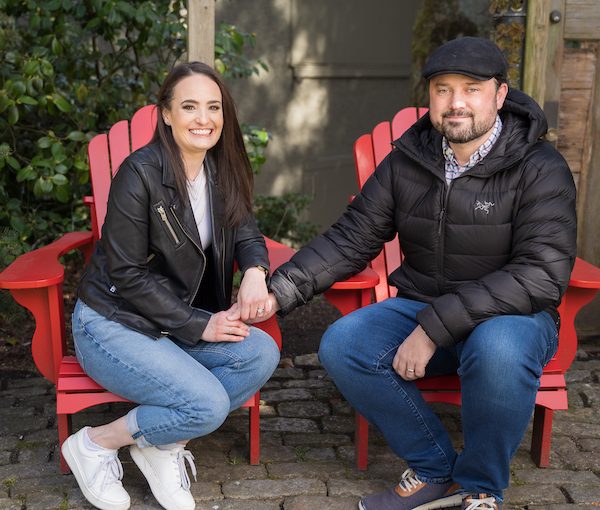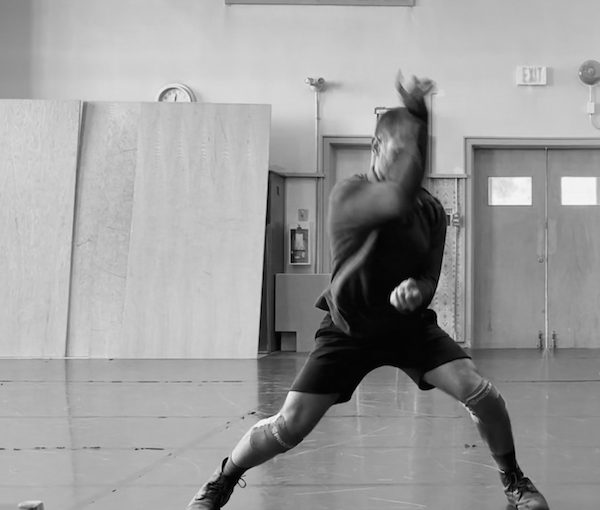This summer, our main event was a road trip. My husband had a conference at Cornell University in Ithaca, NY. Since we met at Cornell as undergrads 30 years ago, we thought it might be worthwhile to make this a family trip. We hadn’t been back in 20 years.
When you go back to old haunts, they might not be what you expect. There were so many new campus buildings. I took our twins on a campus tour where a 19-year-old guide talked about economics (her major), business and start-ups. When she asked the alumni in the group about their majors, I told her I was a double major: comparative literature and Near Eastern studies. She said, “So interesting!” in a tone that made it clear she thought I was ancient and bizarre.
I didn’t feel at home in Ithaca, which I used to feel was “my place.” My kids found holes in Cornell’s sustainability mantras that I used to deeply respect. While trying to dry clothing by draping it in the back of the car, for example, they pointed out there were no clothes lines in the dorms where we stayed or outdoors. When we went to buy the obligatory university sweatshirts, they couldn’t believe the campus store stocked tons of branded items made entirely of synthetics – manufactured from petroleum and likely made in poor working conditions.
When we visited a renovated cafeteria, where I had eaten with my husband when we first met, we had to go to the washroom. Each stall had a short message posted. It explained what not to throw down the toilet. It also explained what had happened to require the message to be posted. It was the soul of brevity, a haiku of sorts, but it answered every question that a smart-mouthed adolescent student might ask.
With a smirk, I commented that this was still my kind of place – it offers the full explanation. As an adult, I’ve lived in places without the full explanation. Here’s an example: when an event is announced in Winnipeg, there is a start time, usually with a vague location, and the announcement just assumes everyone knows where it is. There’s also an assumption that you’ll know that, if food will be served, what kind of food, and what else is likely to happen. If there is a contact number at the end, it’s a postscript that reads, “If you are dumb enough to not understand this, call this person – but, guess what, they won’t know either.” Admittedly, I’m paraphrasing a little here, but, inevitably, if I call that number, the person is completely stymied by my questions. They wonder about why anyone would need to know what I am asking. They aren’t used to newcomers who might not know what to expect or who need all the details.
Maybe I’m just that annoying person who likes to know what I’m getting into, but when I hang out with relatives from bigger cities, their event schedule is full of the pertinent details. When I look at my sister-in-law’s fridge, in the DC suburbs, every single school event flyer or invitation has all the information. Maybe it’s a Type A thing? Even if they’re uptight, those are my people.
Recently, we had a visit with a local teacher here in Winnipeg and she mentioned a place run by two nice Jewish guys, called Friend Bakery and Pizzeria, which has delicious cinnamon buns. The bakery’s not near our usual activities. Out on an errand, we stopped in. We were greeted by the owners. They were welcoming, and open to our family deliberations. While we eyed the big $11 challahs, I said it was too bad that we’d already started ours in the bread machine – because it’s summer and I’m so not turning on the oven. The man nodded with understanding. We wished each other Shabbat Shalom. I got a little teary driving home. I had found more of my people.
Finding one’s “people” isn’t easy or without contention. Wandering around Ithaca on our trip, I encountered a Gaza war propaganda sticker with real venom to it. I was upset. For the first time ever, I unpeeled that sticker and threw it away. They might be free to spread misinformation, but I was just as free to see its harmful hate and throw it out.
Summer is for rest, reflection and productivity. I felt physically rested after spending many days in the car. Yet summer is also a time for growing things, embracing learning out of school and in the world. My kids saw lakes, gorges and waterfalls, ate lots of ice cream and watched Ferris Bueller’s Day Off for the first time. (The movie is still funny.) The grandeur of steep craggy landscapes and huge lakes is still awe-inspiring.
My world has narrowed some since Oct. 7. I actively avoid encounters where I suspect my household might face hate or harassment. A friend and ally suggested that it must be even more upsetting when it happens in a place where I’m relaxed and least suspect it. The places where I used to feel safe are painful to be in.
Even so, I’ve felt love, support and outreach from unexpected places. Two close non-Jewish mom friends, who consistently wish me Shabbat Shalom, encourage me to vent and they listen with love. A few of my husband’s colleagues and friends’ parents just contacted us out of the blue to say they care and are thinking of us.
I don’t know “where we go from here” in the middle of a war, and the hate it’s stirred up. I think about the bathroom sign haiku with a weird fondness. It said everything that needed saying. I wish bigger, scarier times allowed for that kind of precise explanation and brevity, but I know it isn’t possible. Smart people disagree, struggle and work to find meaning. This is what Torah and Jewish rabbinic tradition models for us. The key is to keep it up, not lose hope, and to avoid the paralysis that comes with irrational fear.
When we find “our people,” they don’t always agree with us, and things are always changing. A long road trip can remind us that we’ve been stuck in ruts. But, sometimes, the GPS directions are wrong. We need our brains, a hard copy map and common sense to get out of tricky situations; autopilot doesn’t always suffice. However, our personal and historic experiences offer a roadmap of what has gone before and what might lie ahead. With that context, we can go forward: towards a new school year, a new Jewish year, new learning and better times.
Joanne Seiff has written regularly for the Winnipeg Free Press and various Jewish publications. She is the author of three books, including From the Outside In: Jewish Post Columns 2015-2016, a collection of essays available for digital download or as a paperback from Amazon. Check her out on Instagram @yrnspinner or at joanneseiff.blogspot.com.

